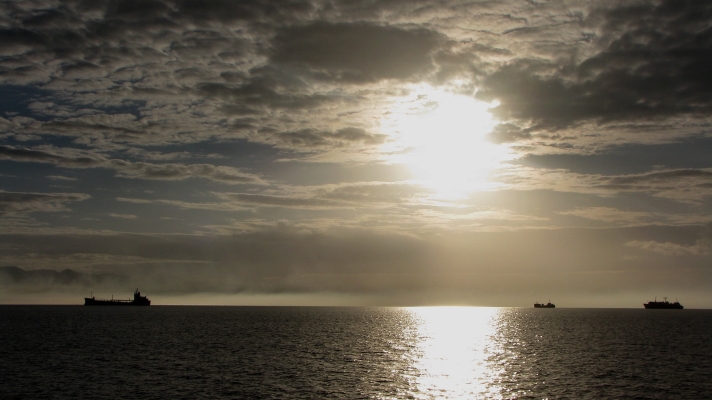The Dutch R&D scheme for the mobility sectors maritime, automotive and aviation has become reality. On Friday 12 March, the Dutch Cabinet approved a 150-million euro scheme for innovative projects in these sectors. For the maritime sector, this means the next step in the transition towards zero-emissions can now be taken.
The scheme is intended as co-financing for companies that want to invest in research and development, linked to sustainability and digitisation. Investment in the development and application of new technologies is necessary to ensure that Dutch ships will be able to significantly reduce their emissions in the foreseeable future and operate emission-free, to comply with national and international targets.
Technology needed still under development
The technical challenges in the maritime energy transition are huge; the required power for ships is very high (many megawatts) and the necessary range very large (many days to weeks). The systems for this kind of high power are still under development and use fuels that are not yet widely available or applicable.
This is why the sector has drawn up the Master Plan under the banner of the maritime umbrella organisation Nederland Maritiem Land. The purpose of this Plan is to make a sustainable difference after the corona crisis. In concrete terms, this means that cooperation throughout the chain will be addressed and that the government is sought as a launching customer.
The various development paths must lead to cost-effective and workable solutions that will be applied for at least thirty emission-free and digital ships in 2030 and will then be widely adopted by the market itself. The budget made available by the government for the R&D scheme makes it possible for companies to actually start developing new techniques. Think of solutions for offshore and work ships, passenger ships, dry cargo ships, tankers and of course ships for the government fleet.








